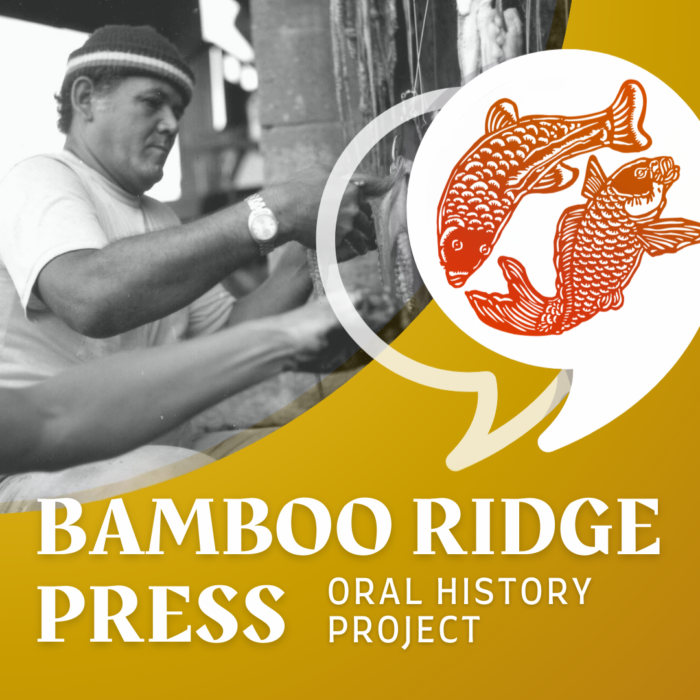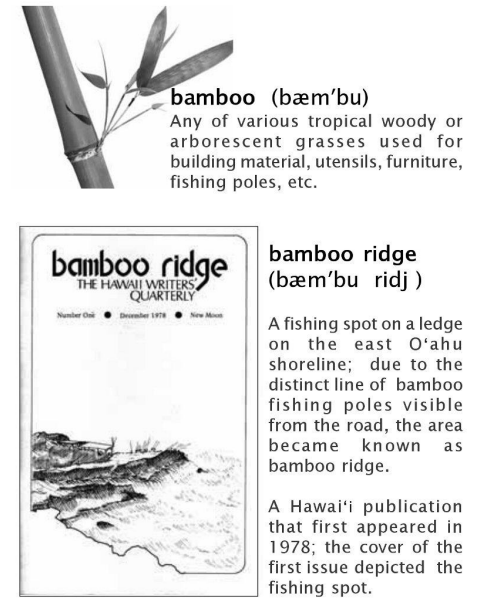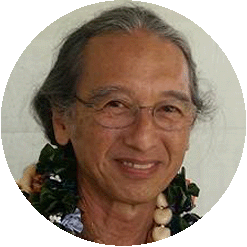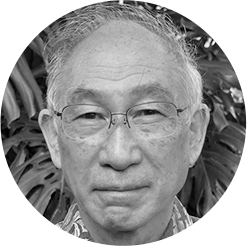This program is funded by a grant from the Hawaiʻi Council for the Humanities, through support from the National Endowment for the Humanities.


Nearly 45 years ago, in 1978, during a time of significant political and cultural change in Hawaiʻi and in America, Eric Chock and Darrell Lum founded Bamboo Ridge Press, Hawaiʻi’s oldest independent literary press, and the literary journal Bamboo Ridge. Since then, it has gone on to help establish what is often referred to as “local” literature and publish some of Hawaiʻi’s most acclaimed literary voices.
Following the passing of Bamboo Ridge’s long-time president and acclaimed writer and literary advocate, Marie Hara, an oral history project was launched to document the history of the journal from those with first-hand knowledge of its inception and impact. Through this project, which is ongoing, the hope is to gain insight into an important time in Hawaiʻi’s literary history.
FEATURING
ALSO FEATURING
MEDIA
Talking Story: A Panel on the Bamboo Ridge Oral History Project
Hosted by Craig Howes. Moderated by Donald Carreira Ching and Ken Tokuno. Featuring Eric Chock, Darrell H. Y. Lum, Juliet S. Kono Lee, and Jean Yamasaki Toyama.
Reflections, Memories, and Da Kine: A Preview of the Bamboo Ridge Press Oral History Project.
Hosted by Donald Carreira Ching. Featuring Susan Lee St John, Stephen Sumida, Ken Tokuno, and Rob Wilson.
VOICES OF BR
Want to help preserve the oral history of Bamboo Ridge?
We’re looking for a few volunteers to help us out with interviews and other tasks in the administration of this ongoing project. If you are interested in lending a hand and want to learn more then send us an email below, we’d love to work with you!

Share your stories, memories, or photos of Bamboo Ridge!
Your support and participation has helped make Bamboo Ridge what it is today. Along side our oral history project, we’re also collecting the experiences and memories of BR readers and writers. Send us a message and share your favorite BR events, anecdotes, or photos!
Recording the History of Bamboo Ridge
This project seeks to document the history of Bamboo Ridge as told from the perspectives of the people who created it and others who have worked hard to keep it thriving for the last forty-five years.
If you’d like to make a small donation, your kōkua would go a long way and be greatly appreciated. Donations are tax-deductible.
Please visit this space again in the future as we will have more great content featuring the oral history of Bamboo Ridge Press. Be sure to sign-up for our e-newsletter or follow us on social media (@bambooridge) for the latest BR news.











